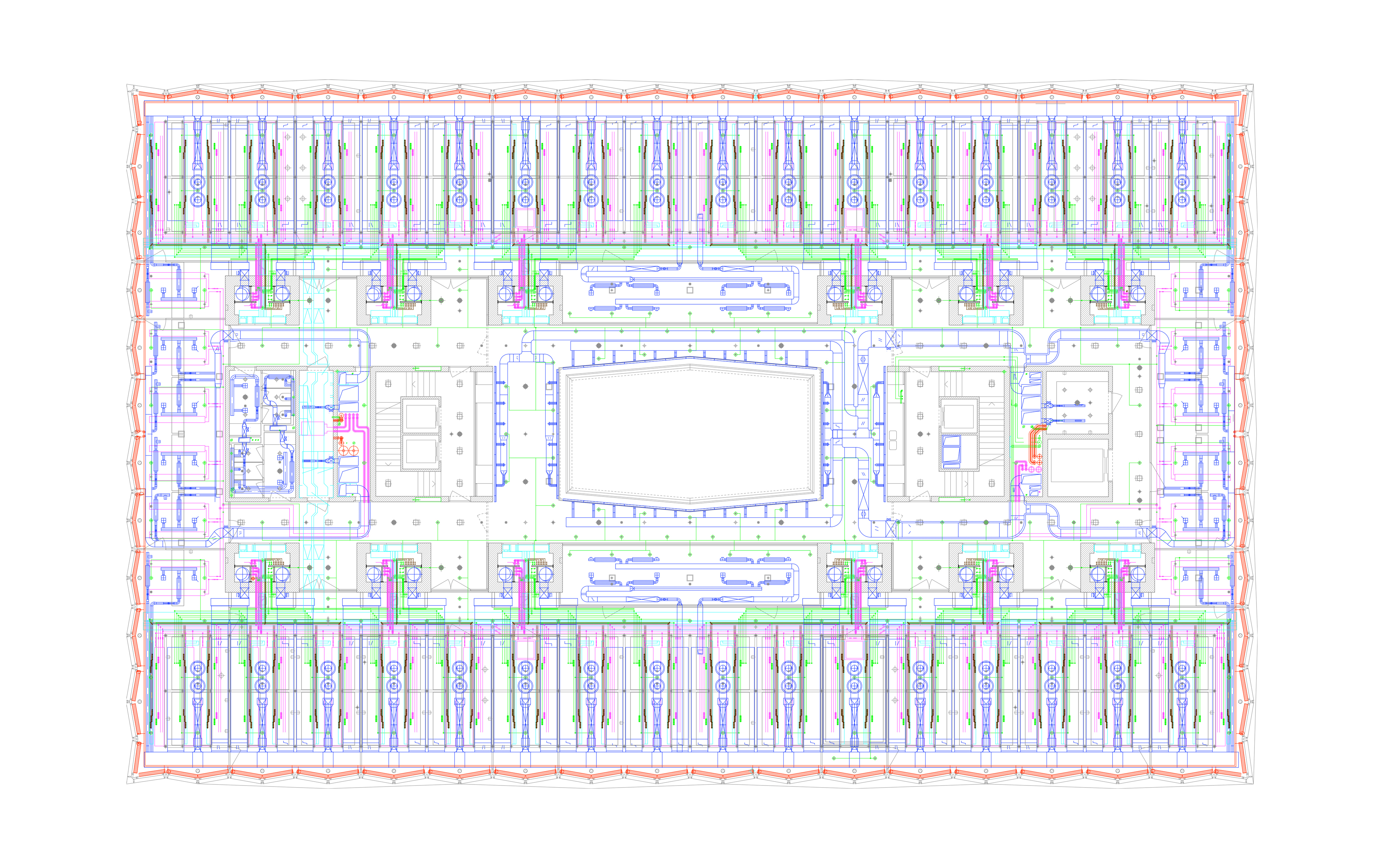Translated from the German by Jill Denton.
History/Theory is a collaboration between the Institute for the History and Theory of Architecture (gta), ETH Zurich and e-flux Architecture.
© 2017 e-flux and the author
